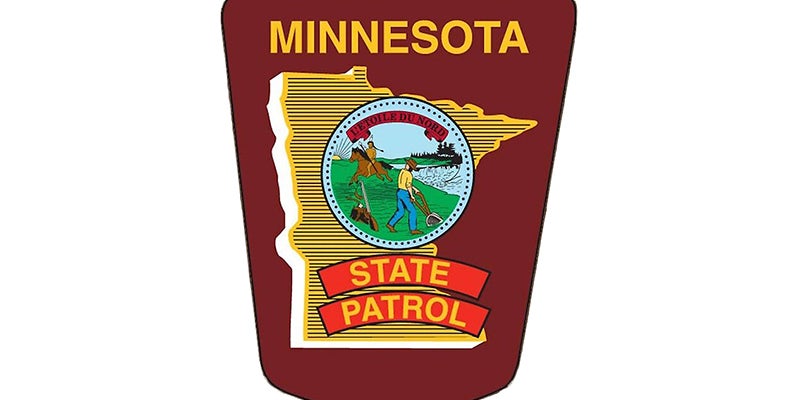Teaching the risks of speeding to teen
Published 7:01 am Sunday, July 12, 2015
QUESTION: What does my teen driver need to understand about the consequences of speeding?
ANSWER: National highway traffic research shows motorists of all ages believe speeding is not a great risk to safety or as serious as other traffic violations. In reality, the consequences of excessive speeding include what should really be obvious.
Speeding means a greater potential for loss of vehicle control. Have your teen driver think about the consequences he or she experienced when racing on his or her bike. It’s likely that every “daredevil” kid got some ugly scrapes and bruises from an unexpected bike crash. I still get shivers remembering when one of my sons came limping home after skidding on fresh tar on a neighborhood street. Losing control of a car has a much uglier outcome.
Speeding requires an increased stopping distance. The financial costs of not being able to stop quickly enough can be unbelievably high. This week, I had a niece tell me about rear-ending the car in front of her, which stopped unexpectedly.
My niece was driving under the 30 miles an hour speed limit and she thought she had only barely hit the back bumper of the car ahead of her. In fact, she had hit the tail pipe and jammed the entire exhaust system under the car she hit; a repair that cost thousands of dollars and increased her own car insurance. Teen drivers need to know if they hit the vehicle in front of them, they are automatically at fault.
Speeding causes more severe crashes, which means more numerous and severe injuries. In 2011-2013, illegal or unsafe speed accounted for 24 percent of the factors cited in fatal crashes for drivers under age 30, compared to only 5 percent of the factors cited for fatalities of drivers age 65 and older.


